Emerald Zoysia Grass Seeds – 10000 Seeds Premium Lawn Turf Drought Tolerant
Original price was: $29.38.$24.99Current price is: $24.99.
Transform your lawn with Zoysia grass seeds. This semi-evergreen turf thrives in temperate climates with medium watering & partial shade, best in USDA Zone 8. Plant in spring in peat soil for a traditional style lawn.
Estimated arrival
Dec 14
Dec 19 - Dec 21
Dec 24 - Dec 28
Reasonable Price
We offer reasonable price
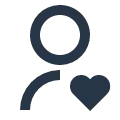
Support 24/7
Contact us 24 hrs a day

100% Money Back
You've 30 days to Return

Payment Secure
100% secure payment
Transform Your Lawn with Emerald Zoysia Grass Seeds
Achieve a stunning, resilient lawn with Emerald Zoysia grass seeds. Known for its lush green color and exceptional drought & heat tolerance, this premium lawn turf creates a beautiful, low-maintenance outdoor space. Perfect for homeowners seeking a vibrant, sustainable lawn.
Key Benefits of Emerald Zoysia include its dense, dark green turf that enhances curb appeal. It requires less water once established, ideal for water-conscious gardeners. Its resilient nature withstands foot traffic, making it perfect for families. Plus, these seeds are non-GMO, ensuring a healthy, long-lasting lawn.
Planting and Care are simple, starting with well-drained, fertile soil with a pH between 6.0 and 7.0. Sow seeds in late spring or early summer when soil temperatures are consistently above 70°F (21°C). Keep the soil consistently moist until germination, then reduce watering frequency. Fertilize in the spring with a balanced, slow-release fertilizer.
Product Details: Each package contains 10,000 seeds, covering approximately 2,000–2,500 square feet. This warm-season perennial grass thrives in full sun to partial shade and is suitable for USDA Hardiness Zones 6–9. Enjoy a beautiful, resilient lawn that’s easy to care for and perfect for various climates.
Frequently Asked Questions about Emerald Zoysia Grass Seeds
- How much area will 10,000 seeds cover? 10,000 seeds will cover approximately 2,000 to 2,500 square feet, depending on your desired density.
- What is the best time to plant Zoysia grass seeds? The best time to plant is in late spring or early summer when soil temperatures are consistently above 70°F (21°C).
- How drought-tolerant is Zoysia grass once established? Zoysia grass is highly drought-tolerant once established and requires significantly less water than other grasses.
- Does Zoysia grass grow well in shady areas? While Zoysia thrives in full sun, it can tolerate partial shade.
- How often should I mow Zoysia grass? Zoysia grows slowly, so you’ll mow less frequently than with traditional grass types, typically when it reaches 1.5–2 inches in height.
Be the first to review “Emerald Zoysia Grass Seeds – 10000 Seeds Premium Lawn Turf Drought Tolerant”

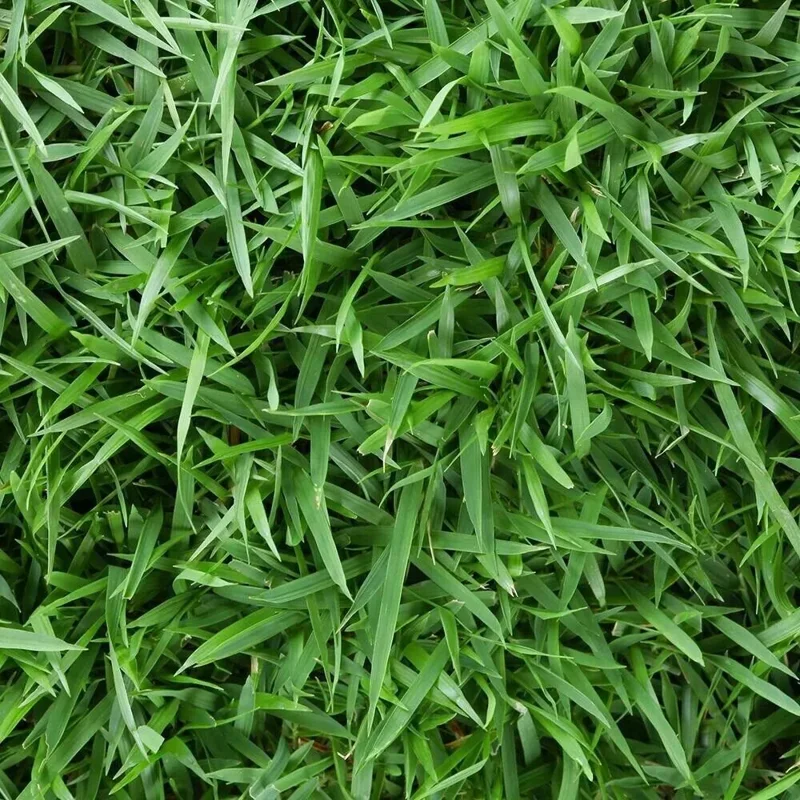
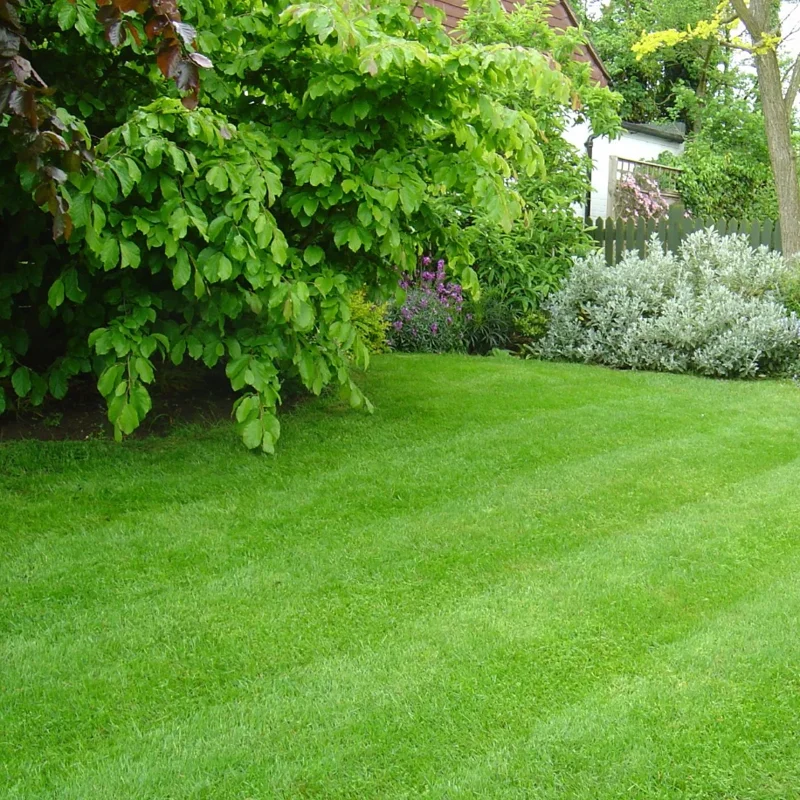
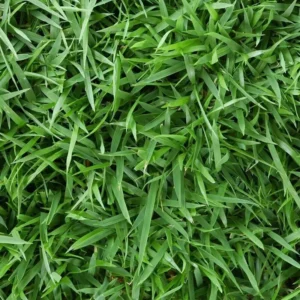
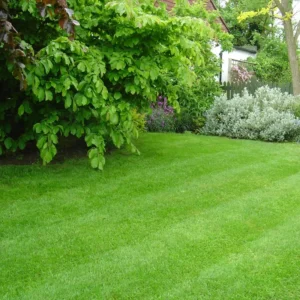

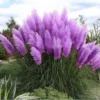
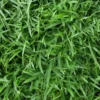



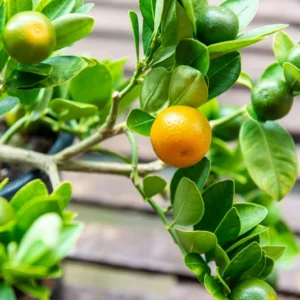
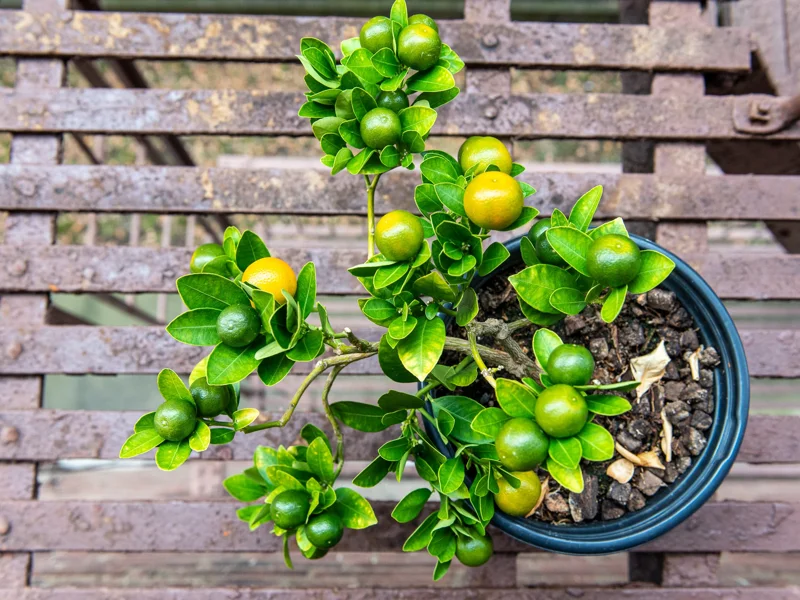
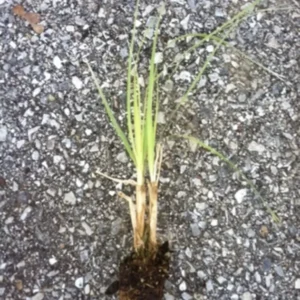
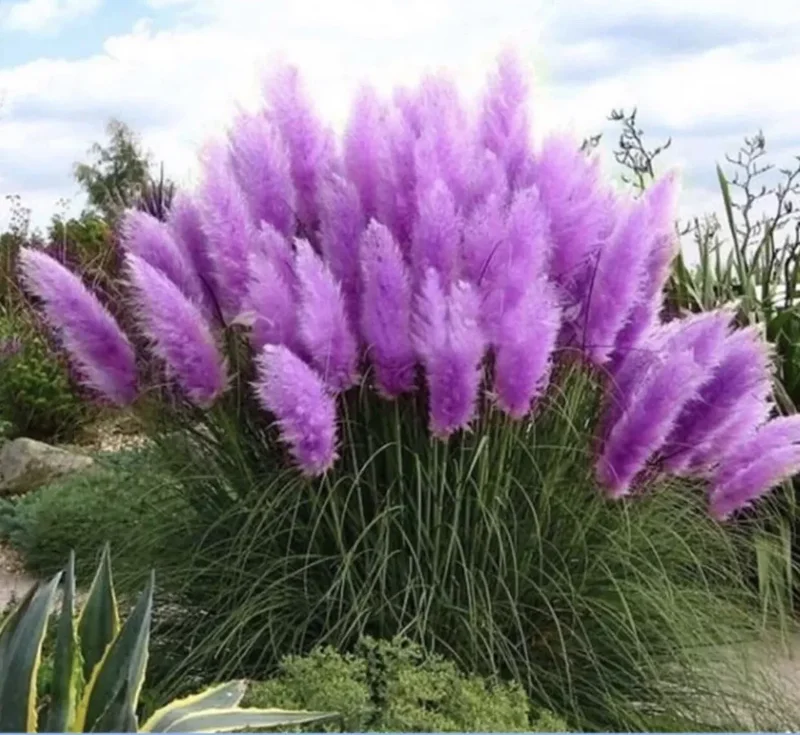
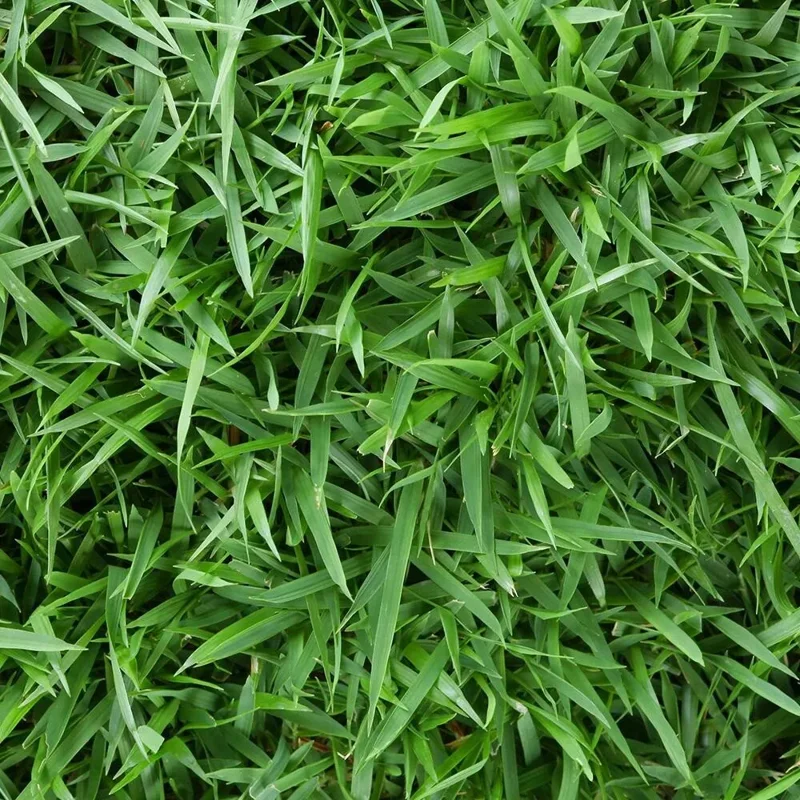
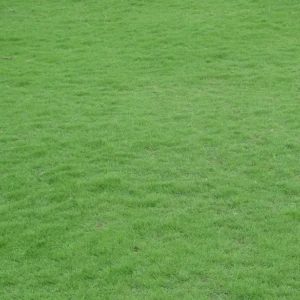
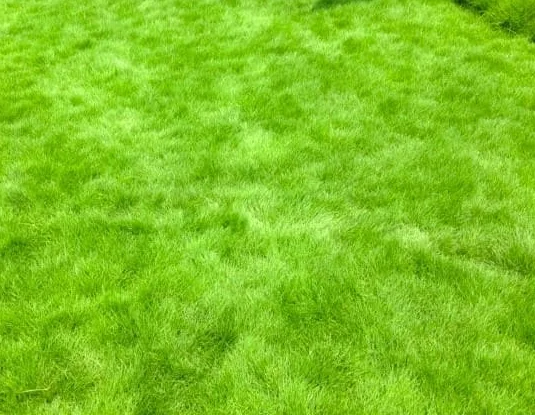
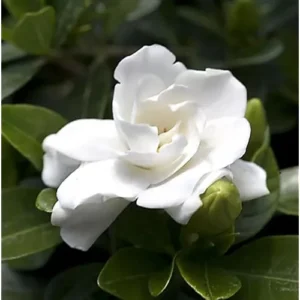
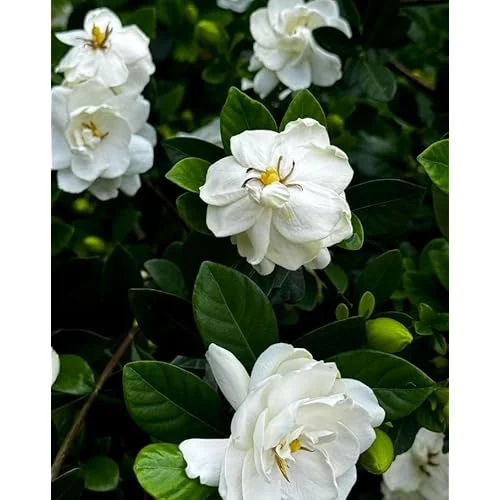
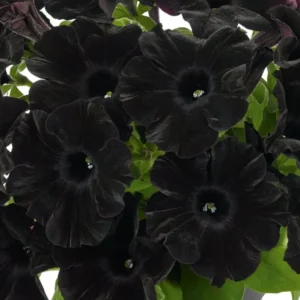
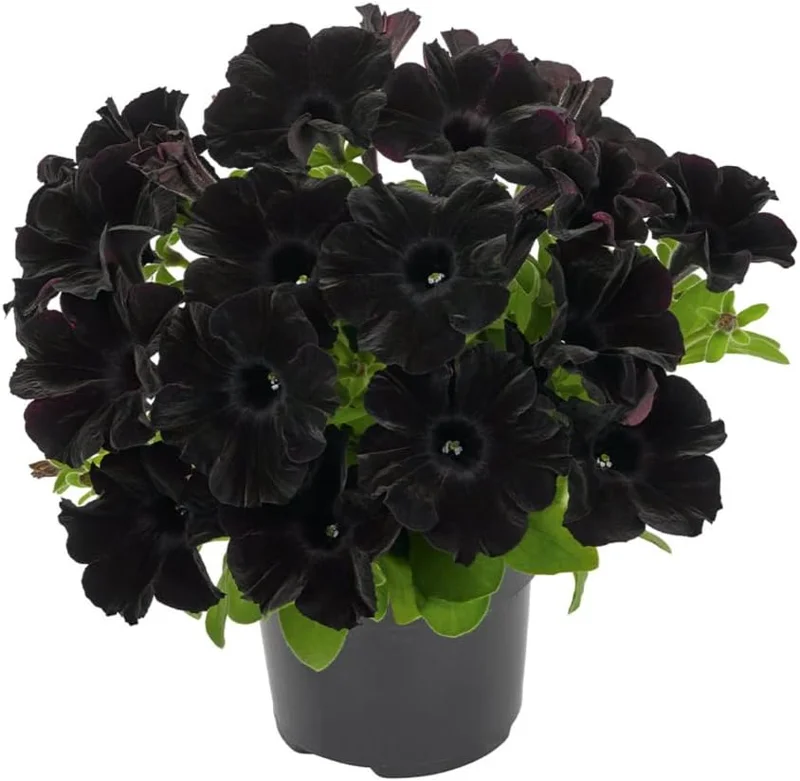
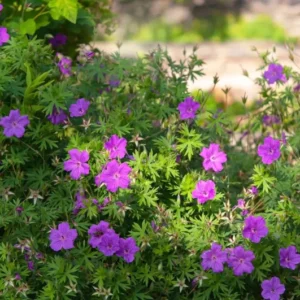
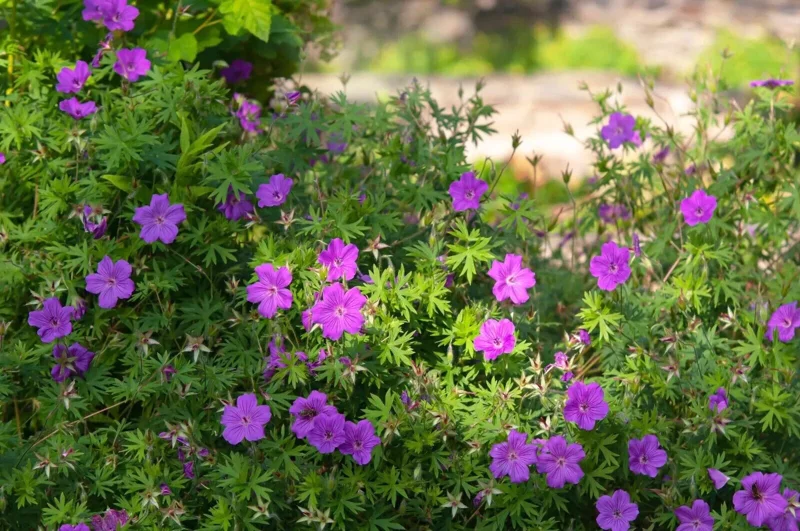
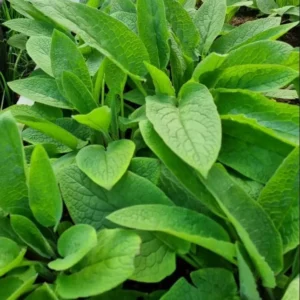
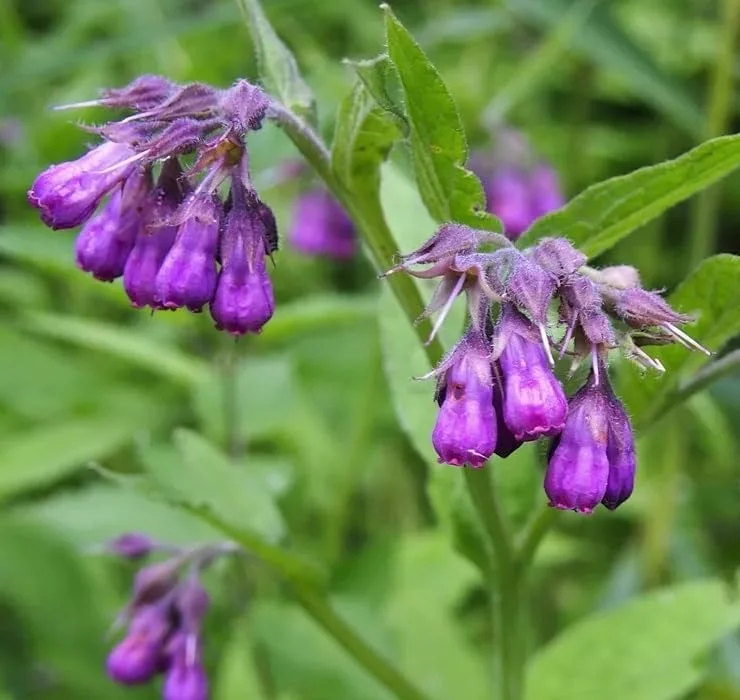
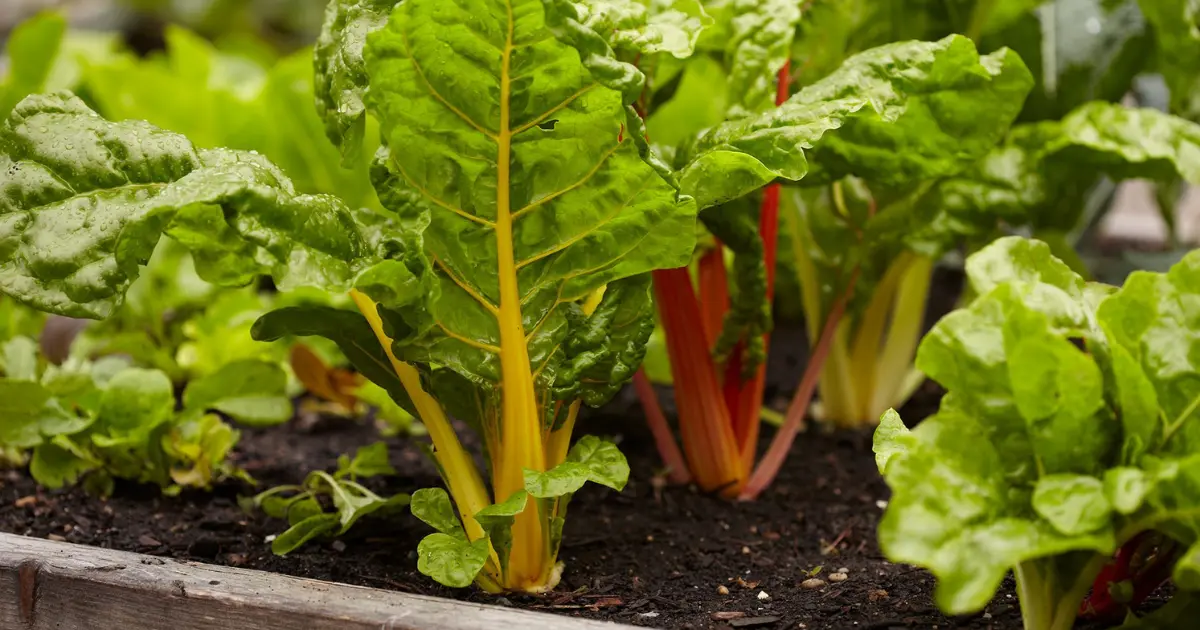
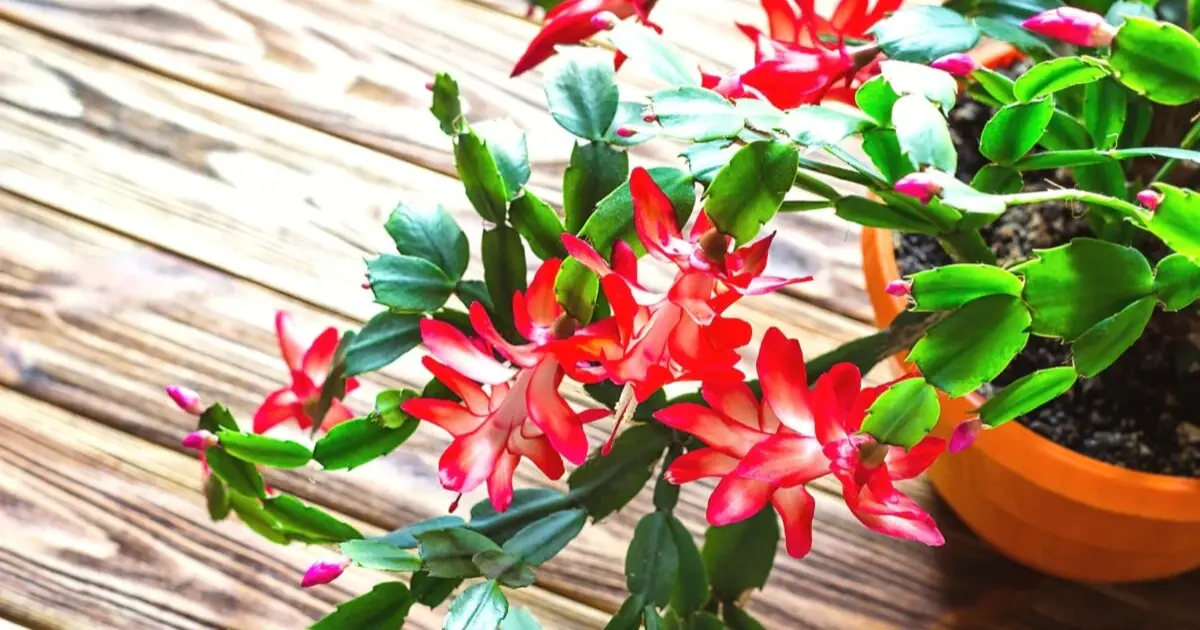
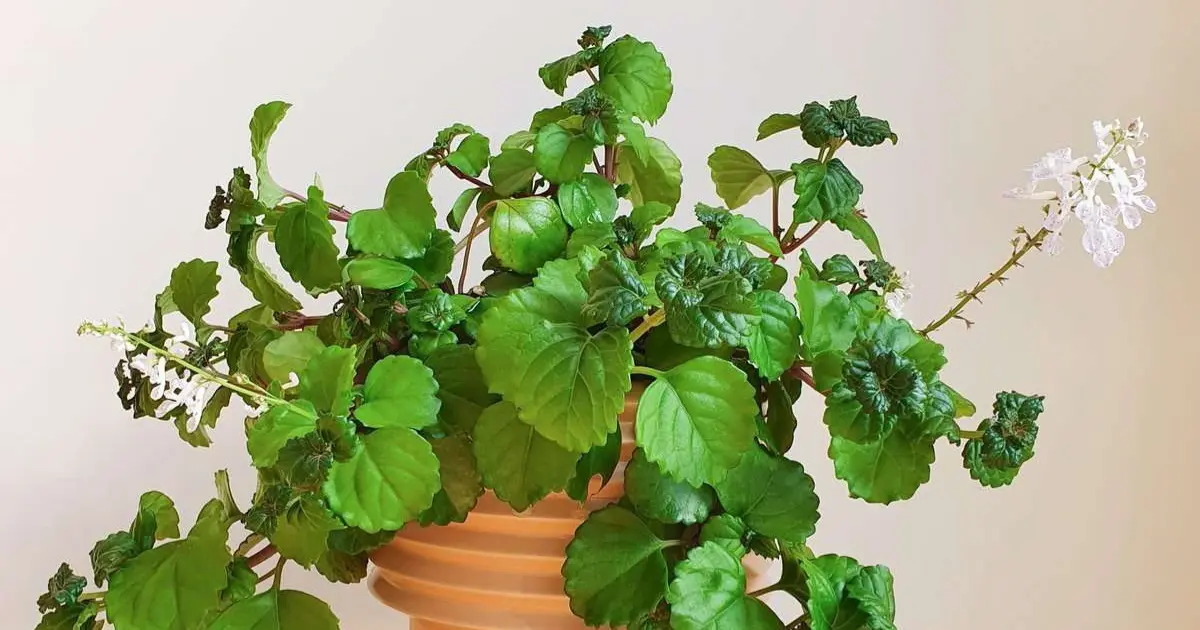
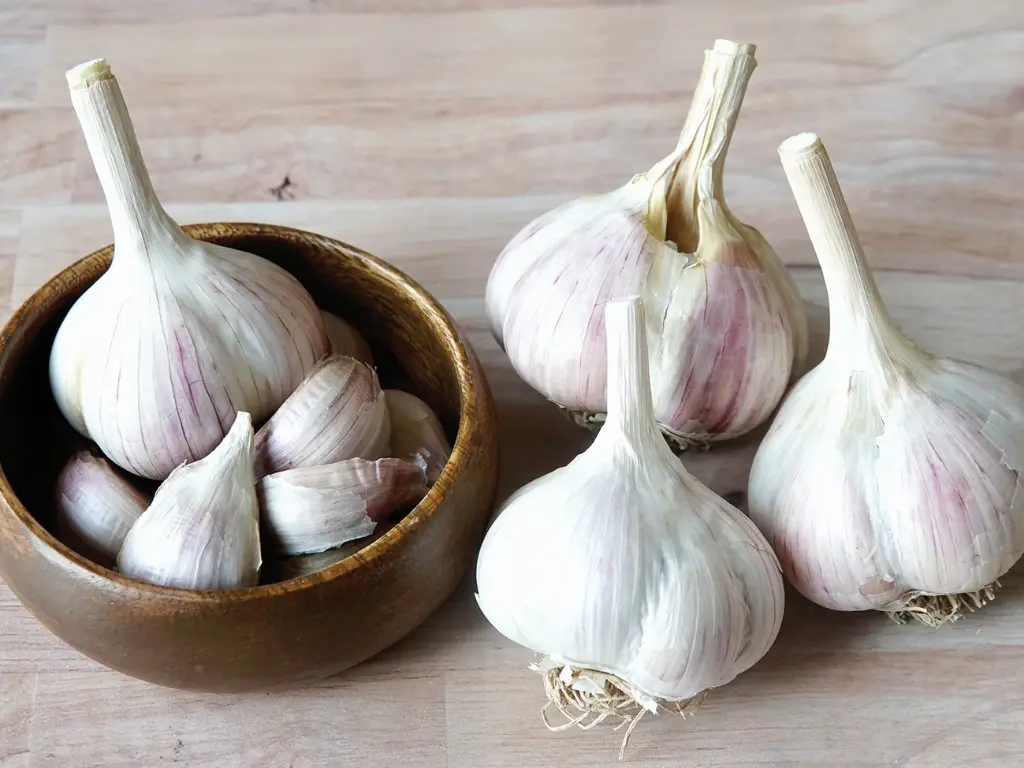
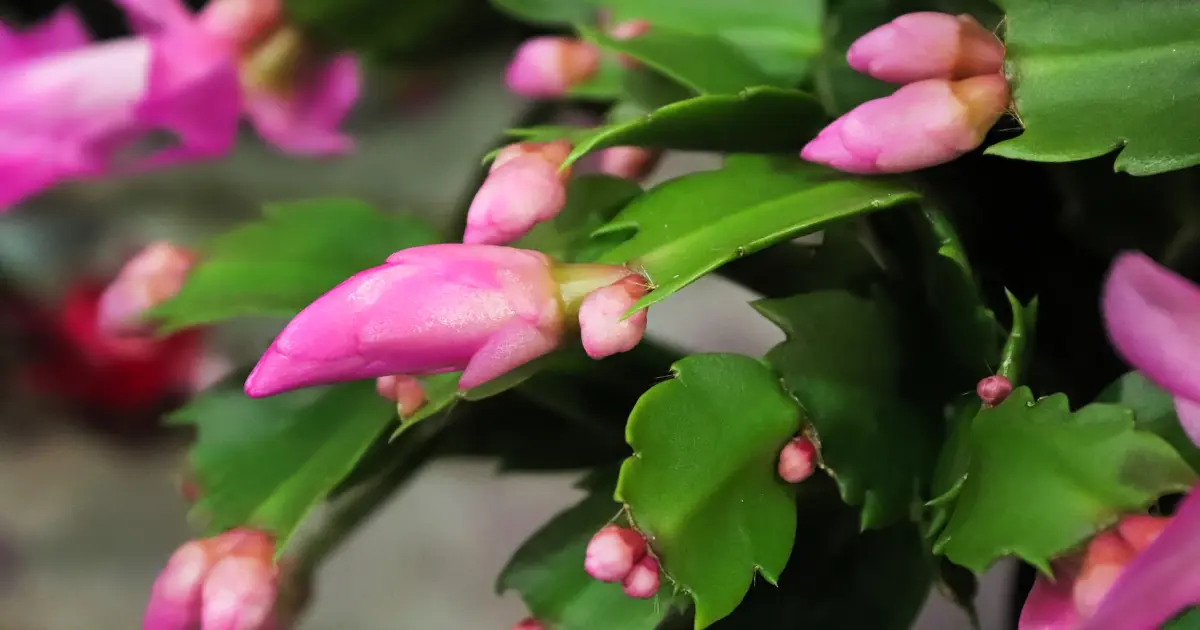
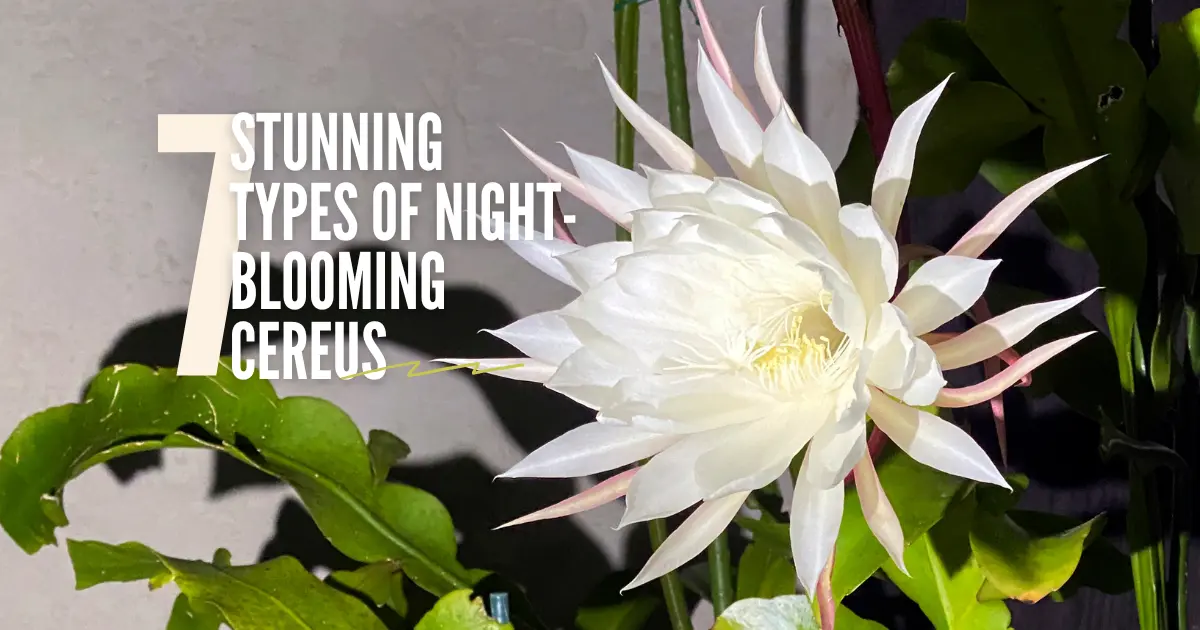

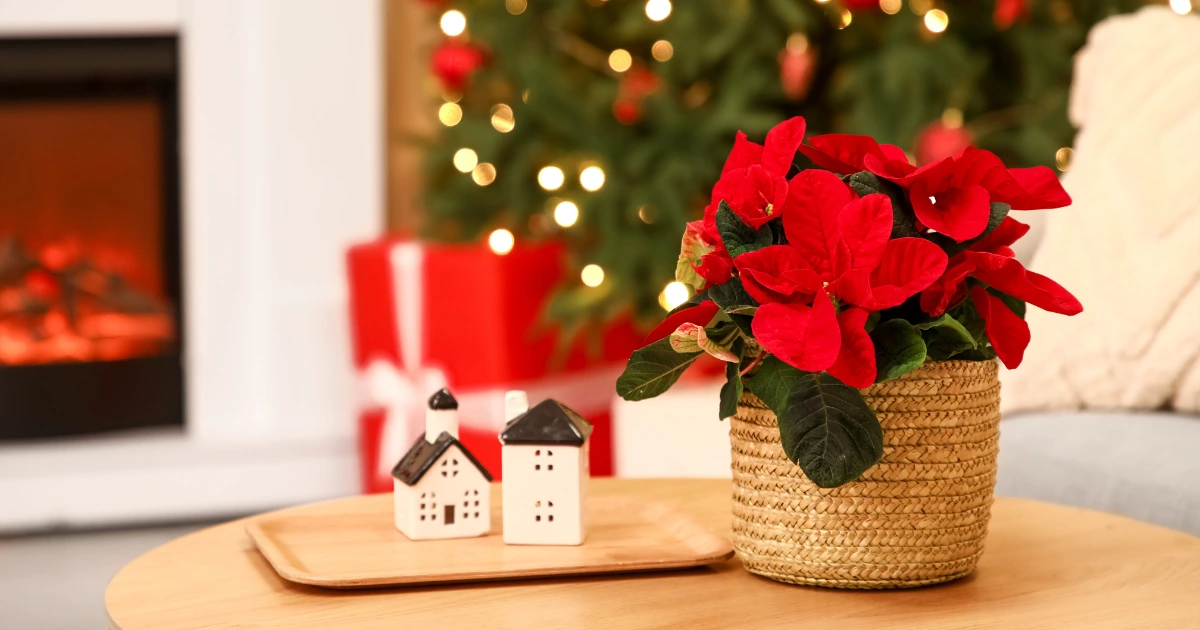


Reviews
There are no reviews yet.